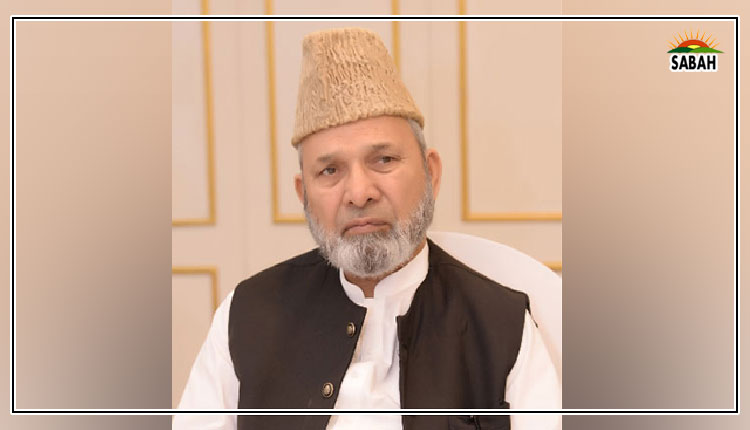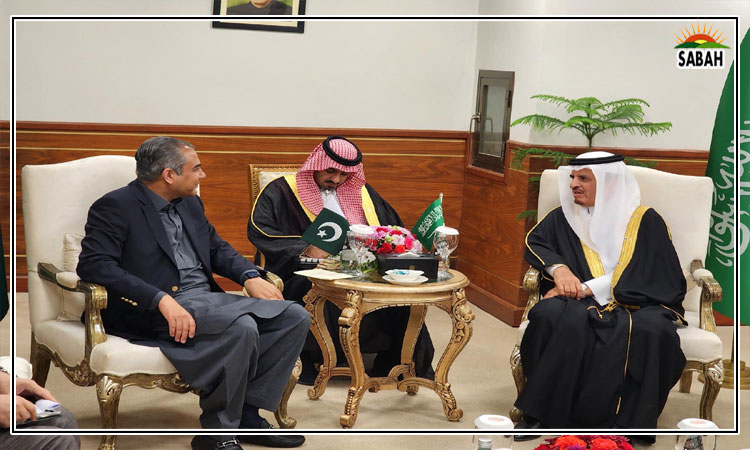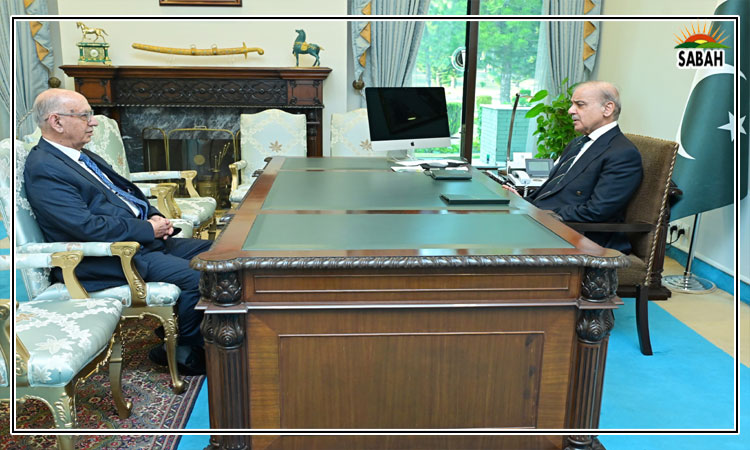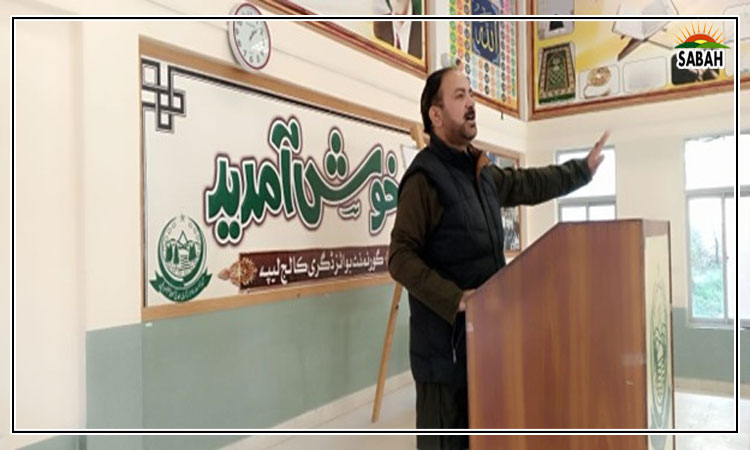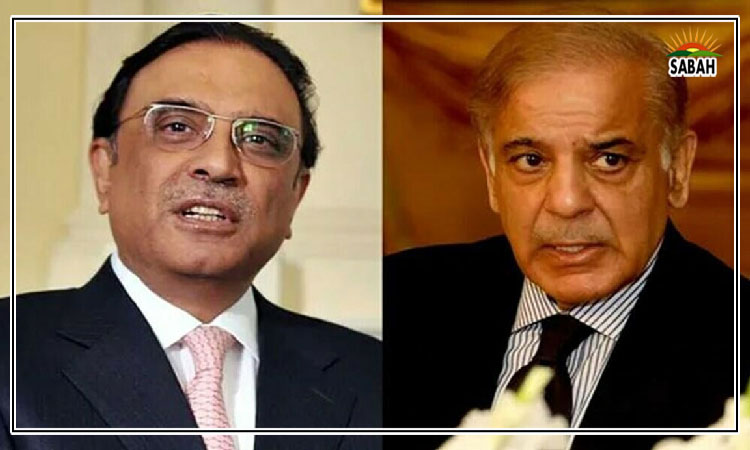Move towards better policymaking … Atta-ur-Rahman
According to a recent analysis of Scimago, the world’s leading database of scholarly literature and analytics, Pakistan has witnessed remarkable advancements in the last twenty years in international research rankings across multiple disciplines, despite severe financial constraints experienced by the universities.
For instance, in the field of agriculture, Pakistan has moved up from a global ranking of 48th in the year 2000 to an impressive world ranking of 15th by the year 2023. Similar strides were made in economics, where the country leapt from the 96th to the 17th position, and in physics, advancing from the 59th to the 23rd place. Likewise, Pakistan’s ranking in biochemistry and microbiology improved from 62nd to the 21st world position, and in chemical engineering, from 63rd to the 20th ranking. These achievements underscore the transformative impact of reforms initiated by me in the early 2000s first as federal minister of science and technology and later as chairman of the Higher Education Commission.
The reforms centred on building a highly qualified faculty and fostering a research-driven academic culture in universities, focusing on quality rather than numbers. Thousands of students were sent to prestigious universities in the US and Europe for PhD and post-doctoral training, facilitated by programmes like the world’s largest Fulbright initiative.
To ensure these scholars contributed effectively upon their return, job placements were arranged, and substantial research grants – up to $100,000 – were made available a year prior to their return. Additionally, scholars gained free access to international literature through a comprehensive digital library and could utilise advanced research equipment across the country without incurring costs.
Innovative quality assurance measures were also implemented, including split PhD programmes with international collaboration, rigorous thesis evaluations by foreign experts, and the establishment of Quality Assurance Cells in universities nationwide. The resulting unparalleled improvement in international rankings serves as a testament to how targeted investment in higher education and research infrastructure can propel a developing nation onto the global stage.
One of the key problems in the higher education system of Pakistan has been the mushrooming of substandard universities, without adequately qualified faculty or infrastructure for financial or political benefits. This resulted in many universities in Pakistan issuing degrees to students that are not even worth the paper that they are written on.
To stop this menace, a policy was formulated and approved by the cabinet in 2001 regarding the minimum requirements that must be met before an aspiring institution could apply for a charter to become a degree-awarding institute or a university. These requirements included land, buildings, faculty, infrastructure, library and other facilities. The then-existing institutions were given about two years and warnings were issued to all sub-standard institutions to either come up to these minimum benchmarks or be ready to have their charters withdrawn.
These restrictions made many politicians and investors who were using sub-standard higher education institutions as money-making machines without consideration of quality aspects very unhappy. However, most institutions improved themselves, while a handful of others failed to do so with the result that for the first time in the history of higher education charters were withdrawn and campuses closed. Those that refused to do so, and had the support of corrupt politicians were also exposed by their lists being published in national newspapers as full-page Parents Alert advertisements and their names also placed on the HEC website.
The transformative reforms in Pakistan’s higher education landscape initiated in 2002 have garnered widespread international recognition. The impact of these reforms extended beyond borders. A study by ‘Nature’ reported Pakistan achieving the highest annual increase in research articles globally in 2018.
The United Nations Commission on Science and Technology for Development (UNCSTD) described the progress as “breathtaking”, recognising Pakistan’s advancements in scientific infrastructure and innovation. Initiatives like providing free access to scientific literature, upgrading research equipment, and establishing new science and technology universities, including science parks, attracted foreign investment and bolstered the country’s academic ecosystem.
German academic Wolfgang Voelter, from Tubingen University, who won many awards for his services to Pakistan lauded the reforms as “a miracle”. Similarly, the chairperson of the Senate Standing Committee on Education referred to the initial six years (2002-2008) of the HEC as “Pakistan’s golden period in higher education”. American academic Fred M Hayward noted “extraordinary changes” since 2002, including the unprecedented participation of nearly 4,000 scholars in PhD programmes, at home and abroad.
By increasing the higher education budget from Rs500 million in 2002 to Rs28 billion by 2008 – a 5600 per cent increase – we laid the foundation for sustained growth in human capital. The emphasis on research and innovation during this period was transformative. Before 2002, Pakistan’s universities contributed little to global research, with only 815 publications indexed annually.
By 2008, this figure exceeded 4,300 and has now reached about 30,000 marking one of the fastest growth rates in research output globally. A groundbreaking initiative was the establishment of Pakistan’s first National Digital Library, providing free access to 65,000 international journals and 25,000 textbooks. International organizations such as Unesco praised the HEC’s efforts, describing Pakistan’s higher education reforms as a “model for developing countries.” Partnerships with global institutions such as Unesco, the World Bank, and leading universities facilitated knowledge exchange, technology transfer, and capacity building. These collaborations attracted over $300 million in international funding, reinforcing Pakistan’s ability to implement its ambitious development agenda.
In the realm of IT and telecom, our policies transformed Pakistan into a digital society, with the IT sector emerging as a major contributor to economic growth. Broadband penetration rose from virtually zero to over 2.5 million connections by 2008, supported by the expansion of a 6,000-kilometer fibre optic network.
This infrastructure connected urban and rural areas, reducing the digital divide and creating opportunities for inclusive development. Recognising the potential of the IT industry, we established IT parks and incubation centres to support startups and foster entrepreneurship.
Having established a solid research environment, we now need to link our research efforts to the process of socio-economic development by establishing university-industry linkages. The government needs to facilitate such linkages by creating major national funds to promote start-ups and offer venture capital.
Technology parks need to be set up in all universities to foster innovation and entrepreneurship. Pakistan must transition to a technology-driven knowledge economy, and we must shed the present archaic development policies that are natural resource-driven rather than knowledge-driven.


